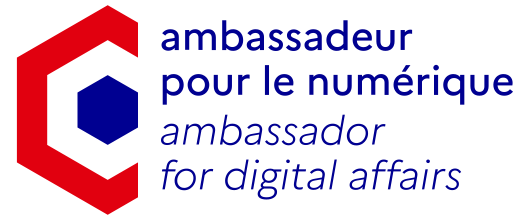Reaction actors
Table of contents
Criterion: False or misleading
In the US
NewsGuard Technologies
NewsGuard Technologies has developed a free browser extension, NewsGuard, which rates websites according to their transparency and credibility.
Journalists, editors and analysts at NewsGuard rate and review when possible “thousands of news and information websites” based on the repeated publication of false content, the responsibility of the gathering and presentation of information, error correction or clarification, the differentiation between news and opinion, the deceptiveness of headlines, the disclosure of ownership and financing, the clarity of ad labels, the level of information about content supervisors as well as the level of information given about content providers.
NewsGuard classifies websites in either platforms, satires, reds or greens.
Platforms are sites that are hard to define according to transparency or credibility criteria. They primarily host non-vetted user-generated content but their reliability is difficult to assess. As to satires, they are not “real news websites” but may have a humoristic purpose, for instance.
Green websites are deemed credible and reliable. Detail about which criteria are filled can be provided by NewsGuard, thus adding nuance.
Red websites simply fail “to meet basic standards of credibility and transparency”.
Ratings are periodically updated. Before being rated, suspicious websites are directly called by NewsGuard to obtain more information. For each site, a “Nutrition Label” is drafted by analysts. It contains “the site’s performance on each of the nine criteria and a written explanation of the content on the site, who’s behind it, and why it received its rating”.
Synchronisation between public actors
EU Rapid Alert System (RAS)
The EEAS has set up a Rapid Alert System enabling all Member States to share information and notify one another of disinformation campaigns.
By whom?
The Rapid Alert System was officially created in December 2018 as part of the European External Action Service’s (EEAS) Action Plan against Disinformation, and was launched in March 2019. Commission services such as DG DIGIT, DG COMM, DG CNECT are active contributors to its building.
What?
The RAS mechanism is based on collaboration. Through a secure digital platform, EU Member States (as each Member State has an official national contact point) and relevant national representatives or experts can discuss, share information on past and ongoing foreign disinformation campaigns with one another, share useful tools and efficient pratices and ultimately coordinate responses.
Moreover, the RAS allows its members to warn other members of ongoing information manipulation. Today, the main topic at hand are the upcoming European elections, national elections withtin the EU, disinformation campaigns and solutions to be implemented.
The RAS is no security hazard since what is shared through it is crucial yet not sensitive intelligence. European and national security is thus not only preserved, but increased, thanks to the improvement and gain in the level of information and expertise, constituting a solid, lasting basis to better fight disinformation and its consequences.
It is providing immediate and centralized access to various information from reliable, heterogeneous agents, information that would have been rather complex to obtain and classify at a merely national level.
What for?
The main goal of the RAS is to ease and increase the speed of information (trends, reports, analyses, etc.) sharing among relevant actors, thus allowing more efficient and direct communication around common stakes. Ultimately, quicker, more efficient and possibly synchronized responses should emerge.
This tool has many other advantages. For instance, knowledge mutualization is essential to better define and understand disinformation and its outcomes. A better circulation of information flows, combined to a sharing principle, allows for mutual and active learning.
This not only improves the quality of the shared information, it also improves the reaction to this information while decreasing its delay of implementation.
Step by step, the mechanism aims at creating resilience within governments as well as within civil society.
For whom?
The RAS is open to EU Member States as well as relevant european and national representatives or experts. It is destined to help all actors (state or non-state) who actively fight disinformation.
Additional information
No classified information is shared on the RAS, which works on the basis of open source intelligence (OSINT), an information collection and analysis method based on data coming from public, open sources.
Data is stored on a secure, encrypted server and access to RAS domains is limited to its members and requires two-factor authentication.

